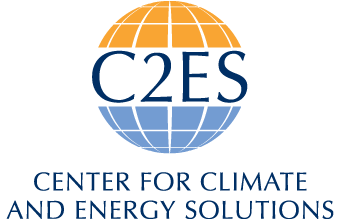California cap and trade
Unlike RGGI, which covers only the power sector, California’s cap-and-trade program covers virtually the entire state economy. It was the first multi-sector cap-and-trade program in North America. The greenhouse gas emissions cap set under the program declined by 3 percent annually from 2015 to 2020 to help the state achieve its legislated goal to reduce emissions to 1990 levels by 2020. After that, under a state law enacted in 2017, the cap will be further reduced to help achieve an additional 40 percent reduction in state emissions by 2030. The program is linked with a similar program in the Canadian province of Québec.
Washington cap and invest
In May 2021, Governor Jay Inslee signed the Climate Commitment Act, which creates and implements a cap-and-invest program by limiting emissions from covered entities, distributing allowances, and establishing a climate investment account for revenues from allowances. Washington is now the second state to implement a multisectoral cap-and-trade program.
The program will cover entities emitting 25,000 tons of carbon dioxide equivalent per year or more. Using a 1990 baseline, it seeks to reduce state greenhouse gas emissions 45 percent by 2030, 70 percent by 2040, and 95 percent and achieve net-zero emissions by 2050. Revenues from the program will be appropriated by the legislature for activities such as deploying clean energy, reducing GHGs and co-pollutants on over-burdened communities, transition assistance for fossil fuel workers, and programs to increase resilience to wildfires.
Washington State Department of Ecology will begin a rulemaking process for the Climate Commitment Act and the program’s first compliance period will begin in 2023.
